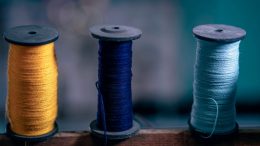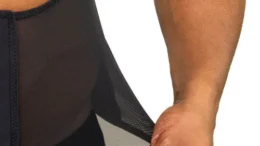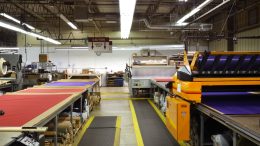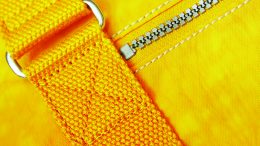What is Fabric Denier?
While sourcing fabrics for our products, we consider properties such as woven vs. non-woven, coated vs. uncoated, and textile strength. There are many units of measurement attributed to textiles and soft sided goods manufacturing. However,…










